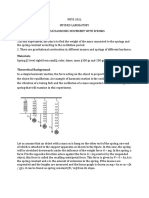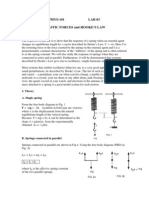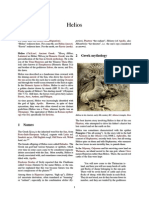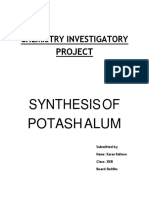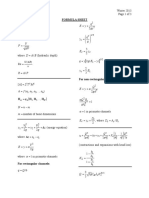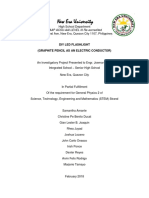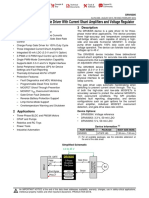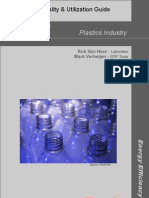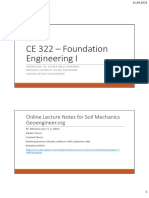0% found this document useful (0 votes)
73 views4 pagesHooke's Law and Spring Constant: Name(s) : David Charles/Pablo Molina/Gabriel Solages Date: April 24, 2018 Section: 817
This document discusses Hooke's law and how to determine the spring constant. It states that the restoring force of a spring is proportional to its displacement from equilibrium. This relationship is expressed as F=-kx, where k is the spring constant. The spring constant depends on the material and geometry of the spring. The document outlines procedures to experimentally find the spring constant by measuring the displacement of springs under different hanging masses. It also discusses using oscillation period to calculate the spring constant using Newton's second law.
Uploaded by
David CharlesCopyright
© © All Rights Reserved
We take content rights seriously. If you suspect this is your content, claim it here.
Available Formats
Download as DOCX, PDF, TXT or read online on Scribd
0% found this document useful (0 votes)
73 views4 pagesHooke's Law and Spring Constant: Name(s) : David Charles/Pablo Molina/Gabriel Solages Date: April 24, 2018 Section: 817
This document discusses Hooke's law and how to determine the spring constant. It states that the restoring force of a spring is proportional to its displacement from equilibrium. This relationship is expressed as F=-kx, where k is the spring constant. The spring constant depends on the material and geometry of the spring. The document outlines procedures to experimentally find the spring constant by measuring the displacement of springs under different hanging masses. It also discusses using oscillation period to calculate the spring constant using Newton's second law.
Uploaded by
David CharlesCopyright
© © All Rights Reserved
We take content rights seriously. If you suspect this is your content, claim it here.
Available Formats
Download as DOCX, PDF, TXT or read online on Scribd
/ 4


































